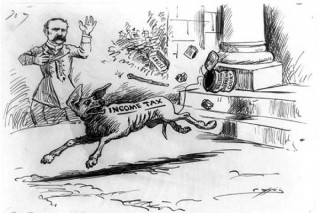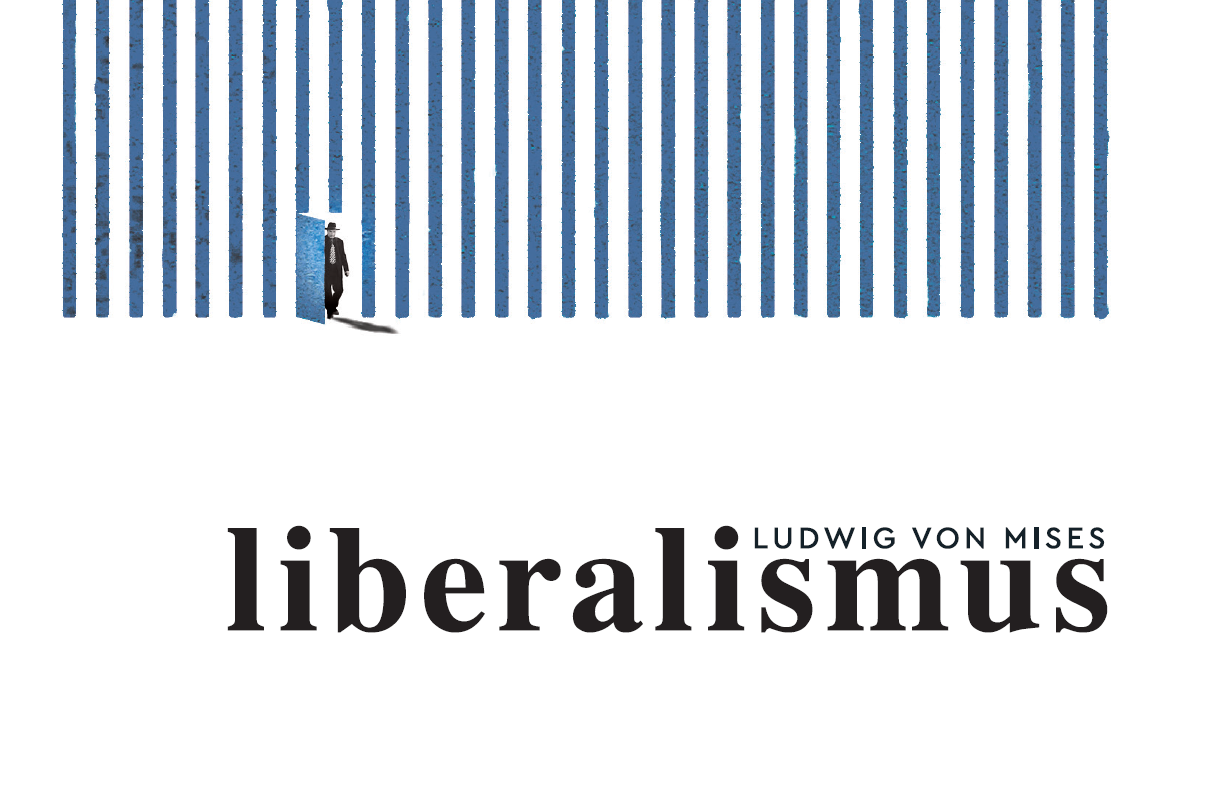As countries’ tax systems differ, depending on the transaction costs, residents of high tax countries might be prone to shift their assets towards countries with lower taxation, resulting in capital outflows from the high tax country. Naturally, such occurrence might be thorn in the side for politicians and they might be inclined to adopt some strategies in order to prevent it. Fiscal harmonization is then the process in which different tax systems tend towards homogenous fiscal structure and the same tax pressure, regardless of whether it is natural occurrence or result of political negotiation. Is fiscal harmonization credible goal of political process and if it is who are its beneficiaries?
Possible answers to these questions were delivered by professor Enrico Colombatto in his paper “Fiscal harmonization: credible goal or Trojan horse?“ during the Mont Pelerin Society General Meeting 2012 in Prague. In order to analyze these issues, Colombatto divides countries into three groups based on their different characteristics: “(1) strong, free market countries, in which tax pressure is low and politicians are constrained by legitimacy; (2) strong, communitarian countries, in which tax pressure is high and politicians’ behaviour is effectively monitored; (3) weak countries, in which taxation is high and politicians gather consensus by engaging in rent-seeking activities.” Following this differentiation, it should be easier to distinguish and analyze the diverse attitudes toward fiscal competition and harmonization of policymakers in various contexts. Since strong, free market countries are more likely to encounter capital inflows rather than capital outflows and thus benefit by greater tax revenues and growth, fiscal competition should not pose them with much difficulties. However, the situation is less straightforward in strong, communitarian societies, where the potential capital outflows caused by high taxation might be offset by the effective monitoring of rent-seeking behavior.
Furthermore, Colombatto argues that combined with the higher emphasis on social contract in communitarian societies it should lead to higher loyalty of the taxpayers and thus lessen or prevent the impact of fiscal competition. As the weak countries with high taxation and extensive rent-seeking activities are the most vulnerable to fiscal competition, they are the most likely candidate for seeking measures preventing the resulting capital outflows. In this regard, Colombatto analyzes number of different strategies that those countries have at their disposal. First, they can engage in a tax war. However, it is not very likely that these countries would be able to sustain the budget deficit with debt. Second, they could opt for raising the transaction costs by either exchanging information on the assets of non-resident wealth owners or by levying a withholding tax on capital incomes. These options might provide more feasible solution for politicians. Indeed, as Colombatto points out “[t]he latter strategy [the withholding tax] is obviously easier to pursue from the political standpoint and it is likely to be accepted by those LT [low tax] counterparts in which the free market is a matter of expedience, rather than of principle…” and “…if the LT [low tax] country succeeds in keeping part of its tax advantages.”
Having scrutinized the other possible strategies, we are finally left with the one that constitutes the core of Colobatto´s paper, fiscal harmonization. While it can be argued that fiscal harmonization can generate some tax revenues, it is also accompanied by some significant drawbacks. First and foremost, even though by colluding with others, the country might be able to protect itself from fiscal competition posed by members of the harmonized area, it is by no means protected from those outside of it. Furthermore, on one hand submitting itself to compliance with some international body would put the tax authorities further away from the electorate making local politicians less accountable and thus making it possible to squeeze the tax-payers more. But on the other hand, Colombatto argues that “local politicians rightly fear that once the federal bureaucrats act as tax collectors, they will soon develop an appetite for spending and thus trump national policymakers.
Put differently, by giving in to fiscal centralization, their political elites would lose their only source of power and authority.” Thus Colombatto concludes that: “There is little doubt that automatic exchanges of information and withholding taxes are superior [to fiscal harmonization].” Following these arguments, it is reasonable to assume that even politicians in weak countries with high taxation might not be very supportive of the fiscal harmonization. Given these conclusions, Colombatto correctly assumes that the core of the debate about fiscal harmonization does not lie in the fiscal policy and tax revenues, but “[r]ather, we posit that the driving forces behind fiscal harmonization are international organizations aiming at extending their power. For these actors, harmonization is actually just a step towards fiscal unification/ centralization [. . .] Put differently, fiscal harmonization is a moot issue, unless it serves other purposes, like the creation of an additional layer of bureaucrats and/or the process of centralization of the tax regime within an economic area in which the authorities aspire to expand their power.”
Autor: Jonáš Rais








